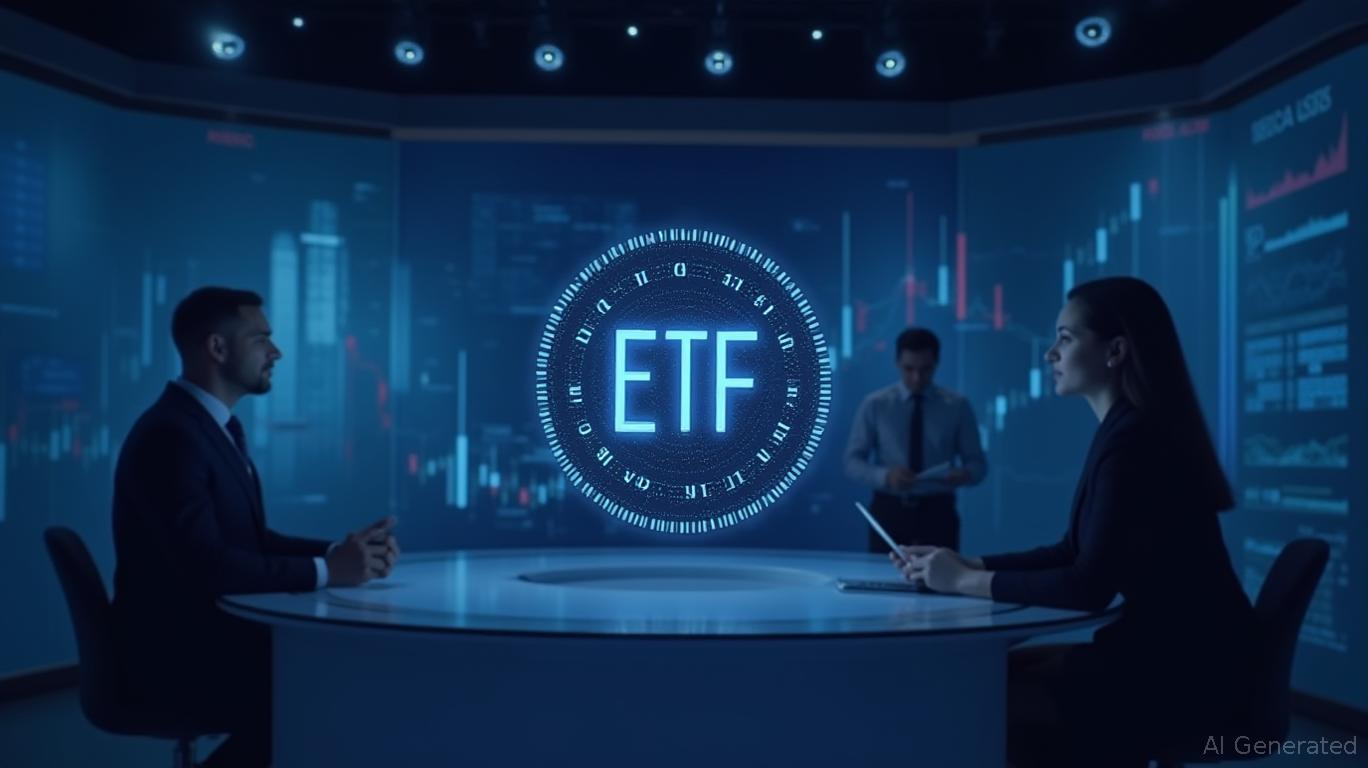Goldman Sachs Access U.S. Aggregate Bond ETF: Navigating Dividends and Fixed-Income Opportunities
The goldman sachs Access U.S. Aggregate Bond ETF (GCOR) has emerged as a key player in the fixed-income market, offering investors exposure to a diversified portfolio of investment-grade U.S. bonds. Recent developments, including an estimated dividend of $0.0998, highlight the fund’s role in income-seeking strategies—but investors must tread carefully amid evolving market conditions and uncertain dividend schedules.
Understanding GCOR’s Dividend Dynamics
The ETF’s latest dividend estimate of $0.0998, set to be distributed in July 2025, has sparked interest. However, this figure is labeled as non-final, with the fund’s official announcement pending.  . While past dividends have generally aligned with its monthly distribution pattern, the lack of confirmation underscores the need for caution.
. While past dividends have generally aligned with its monthly distribution pattern, the lack of confirmation underscores the need for caution.
For context, GCOR’s annualized forward dividend yield—calculated using its most recent payout—currently stands at approximately 2.7%, reflecting its focus on stable, investment-grade securities. This yield compares favorably to broader bond market averages but remains contingent on the fund’s ability to maintain consistent cash flows amid rising interest rate pressures.
The Case for GCOR: Strengths and Strategic Value
GCOR’s appeal lies in its rules-based construction and cost efficiency. The fund tracks an index comprising U.S.-dollar-denominated bonds that meet strict liquidity and credit criteria, ensuring a focus on tradable, low-risk assets. Its expense ratio of 0.09% (as of May 2025) positions it among the cheapest bond ETFs, offering a competitive edge over alternatives like the iShares Core U.S. Aggregate Bond ETF (AGG), which carries a 0.06% expense ratio but a broader mandate.
The fund’s structural pillars—process, people, and parent—also bolster its credibility. Goldman Sachs’ representative sampling strategy ensures efficient replication of its benchmark, while the firm’s institutional-grade risk management supports stability.
Comparisons and Competitor Landscape
While GCOR’s dividend yield is attractive, investors must weigh it against peer performance. The iShares iBoxx $ Investment Grade Corp Bond ETF (LQD), for instance, offers a higher yield of ~3.8% but focuses solely on corporate bonds, exposing investors to greater credit risk. Meanwhile, the Vanguard Total Bond Market ETF (BND) boasts a diversified portfolio and a 0.04% expense ratio, though its yield lags at ~2.3%.
This visual comparison would highlight GCOR’s balance between yield and cost efficiency, though its relatively short track record (launched in 2022) limits long-term data.
Risks and Considerations for 2025
- Dividend Volatility: The unconfirmed July dividend underscores the inherent uncertainty in bond ETF payouts, which depend on underlying bond returns and interest rate movements.
- Interest Rate Sensitivity: Rising rates could compress bond prices, potentially reducing distributions if the fund’s portfolio duration extends.
- Credit Quality: While GCOR’s focus on investment-grade bonds mitigates default risk, prolonged economic stress could strain even high-rated issuers.
Investment Strategy: Proceed with Caution
For income-focused investors, GCOR remains a viable core holding, especially given its low fees and liquidity. However, the following steps are advisable:
- Verify Official Announcements: Rely on Goldman Sachs’ direct communications for dividend dates and amounts.
- Diversify Maturities: Pair GCOR with shorter-duration bond funds (e.g., iShares Short Treasury Bond ETF, SHV) to hedge against rate risks.
- Monitor Yield Curve Trends: A flattening yield curve could pressure bond returns, necessitating rebalancing.
Conclusion
The Goldman Sachs Access U.S. Aggregate Bond ETF (GCOR) offers a compelling entry point for fixed-income investors seeking a low-cost, diversified portfolio. Its estimated $0.0998 dividend, while unconfirmed, aligns with its historical payout patterns, and its structural advantages—such as Goldman Sachs’ institutional oversight and cost discipline—bolster its long-term appeal.
However, investors must remain vigilant. With 78% of GCOR’s assets tied to its benchmark index and monthly rebalancing cycles, the fund’s performance will hinge on broader bond market conditions. As of May 2025, its annualized yield of 2.7% and expense ratio of 0.09% position it as a strong contender in a competitive space—but only if the July dividend materializes as expected.
In a landscape where bond yields are under pressure, GCOR’s blend of liquidity, diversification, and cost efficiency makes it a prudent core holding. Yet, as always, investors should pair this with a watchful eye on interest rate trends and the fund’s official updates.
This analysis synthesizes available data to guide informed decisions, but individual circumstances and market dynamics should always dictate final choices.
Ask Aime: How does GCOR's dividend impact my investment strategy in the fixed-income market?

_b905d9341749265671656.jpg)








